- Home
- Hardwood Flooring

Hardwood Flooring Guide for Richmond, VA Homes


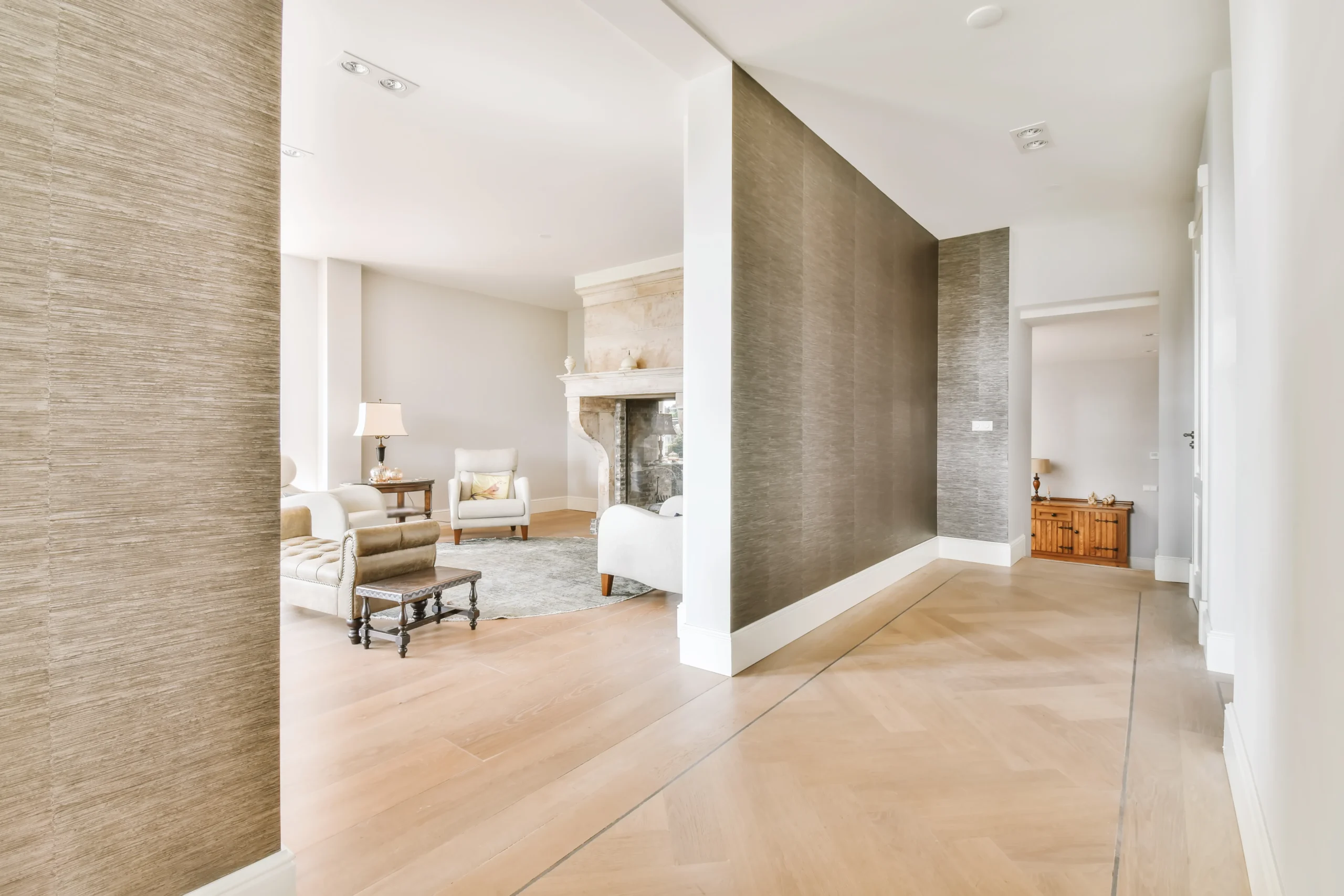
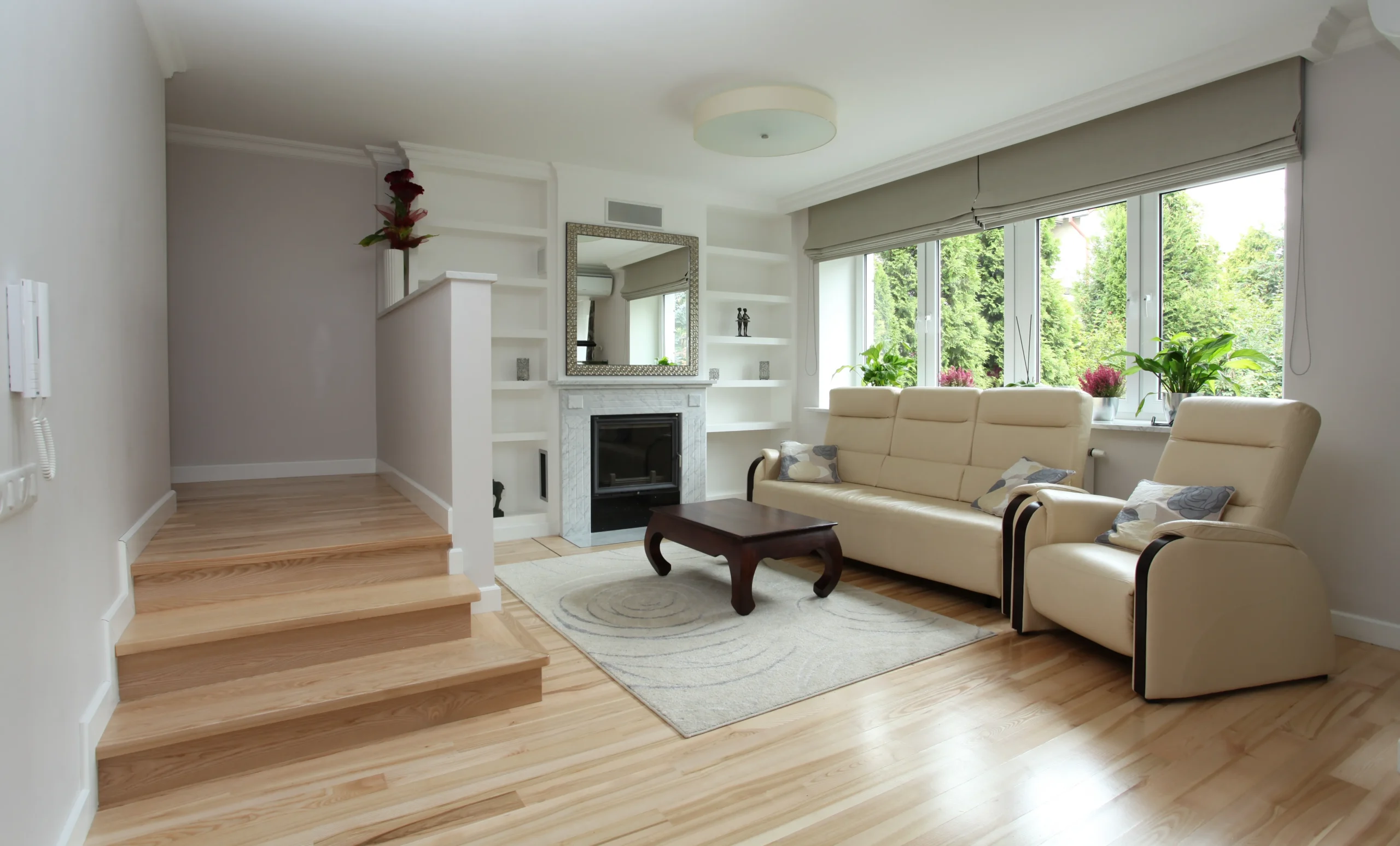
Why Choose Hardwood Flooring?
Ready to elevate your space?
Types of Hardwood Flooring
Engineered Hardwood Flooring

Solid Hardwood Flooring
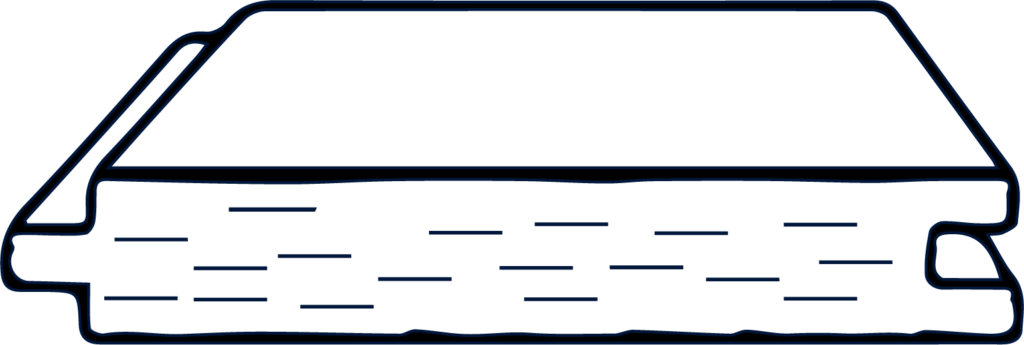
Hardwood Installation Methods
Face Nailing
This technique involves driving flooring nails through the face of the board. It's often used for wide planks or in areas where additional stability is needed.
Tongue and Groove Flooring
A popular method where the boards fit together with a tongue on one side and a groove on the other. The tongue and groove method creates a seamless look. This method often requires a flooring nailer for secure installation.
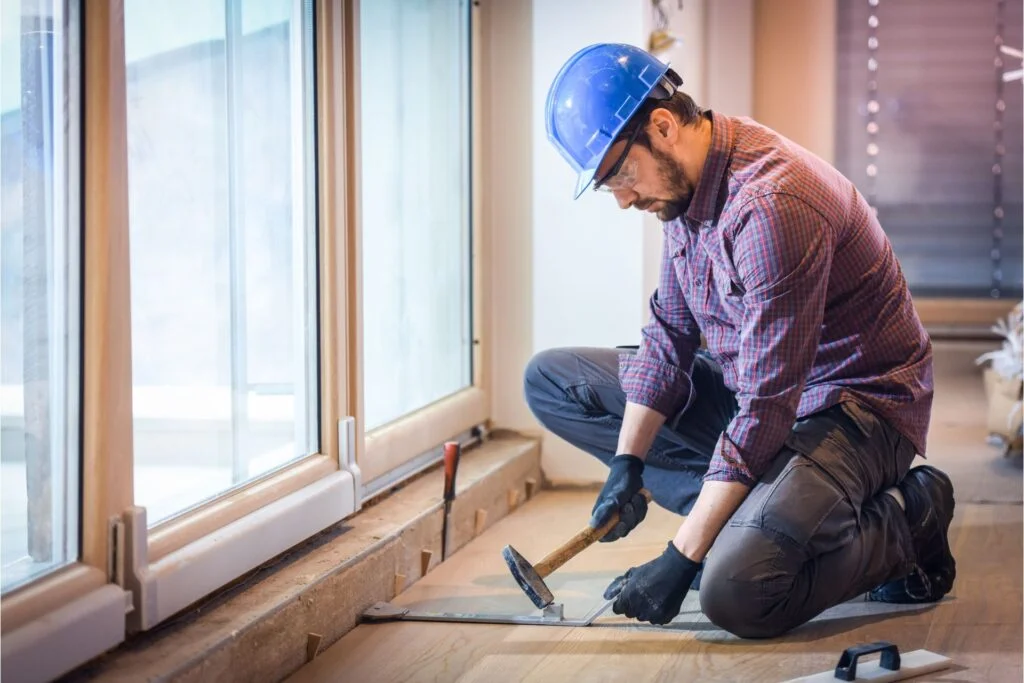

Tips for Installing Hardwood Floors
Cover the Expansion Gap
Keeping a gap around the perimeter of the room is critical. This allows for the natural expansion and contraction of the wood. Baseboards or molding will cover the gap so that it doesn't look unsightly.
Flooring Perpendicular to the Floor Joists
Install hardwood flooring perpendicular to the floor joists. You will want to do this for added stability and to prevent sagging.
Drill 1/32-Inch Diameter Holes
When face nailing or working near the edges of the boards, drill small pilot holes to prevent splitting.
Use Knee Pads
Protect your knees during installation by wearing knee pads, especially during long installation sessions.
Flooring Nailer
A flooring nailer can make the installation process more efficient. You'll find that the nails are driven at the correct angle and depth.
Hardwood Flooring Cost
Maintaining Your Hardwood Floors
Regular Cleaning
Sweep or vacuum regularly to remove dirt and debris that can scratch the surface. Use a damp mop with a wood-friendly cleaner for deeper cleaning.
Cover High-Traffic Areas
Use area rugs or runners in high-traffic areas to protect the floors from wear and tear.
3
Avoid Excess Moisture
Hardwood floors can be damaged by excessive moisture. That's why you should wipe up spills immediately and use a dehumidifier in humid climates.
4
Protect from Furniture
Use felt pads under furniture legs to prevent scratches and dents.
Engineered Hardwood Flooring
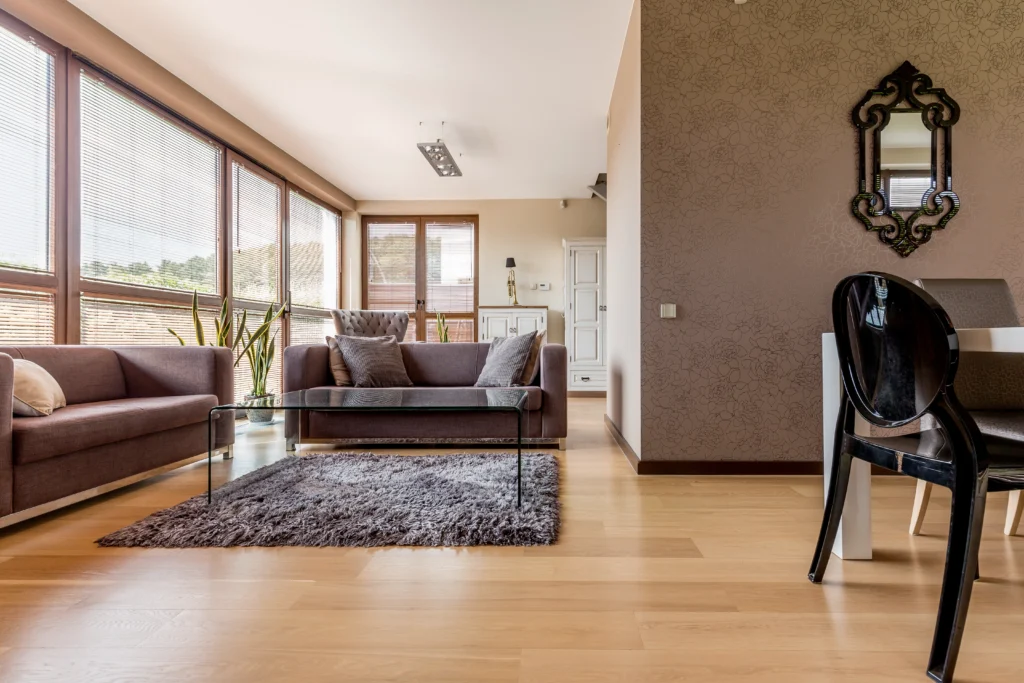
The Installation Process
Measure the Room:
Determine the amount of flooring needed by measuring the length and width of the room. Add 10% to account for waste and cuts.
Prepare the Subfloor:
Ensure the subfloor is clean, dry, and level. Install a vapor barrier if necessary.
Acclimate the Wood:
Allow the hardwood flooring to acclimate to the room's temperature and humidity. Do this for at least 48 hours before installation for optimal results.
Lay the First Row:
Start along the longest wall, using spacers to maintain the expansion gap. Drill 1/32-inch diameter holes for face nailing the first row.
Install Subsequent Rows:
Use a flooring nailer to secure the tongue and groove flooring. Stagger the end joints by at least 6 inches for a more natural look.
Cut to Fit:
Use a miter saw to cut the boards to fit around obstacles and along the walls.
Finish with Trim:
Cover the expansion gap with baseboards or molding to complete the installation.

